South Korea is an extremely mountainous country which means there are many incredible hiking locations. Even though Seoul is a bit of a concrete jungle, there are heaps of quality hikes to be done within in the city. Most are easily accessible by public transport, allowing anyone to get out and enjoy nature. It is preferable to go hiking during the week, especially at the popular mountains, as many Koreans love hiking and the trails get crowded on weekends.
A quick fact for you, in Korean ‘san’ means mountain, however most times when translated to English it is not translated and mountain is tacked onto the end as well. Not strictly correct but that is how it is done, and something to keep in mind when researching hikes in these mountains. Thankfully most mountains have great signage in English allowing foreigners to enjoy some quality Korean hiking.
Mt. Nam (Namsan/Mongmyeoksan)
Namsan, while not the biggest mountain in Seoul, it is one of the most famous. Located in central Seoul, it has many lookouts and a observation tower allowing you to get a great view of the whole city. Standing at 262 metres it is not a large mountain, so a short hike will get you to the top. However there is a cable car from near Myeong-dong up to the top for those who don’t want to get all sweaty. The top of the Namsan Seoul Tower reaching up to 480 metres, giving expansive views of the South Korean capital.
Mt. Cheonggye (Cheonggyesan)
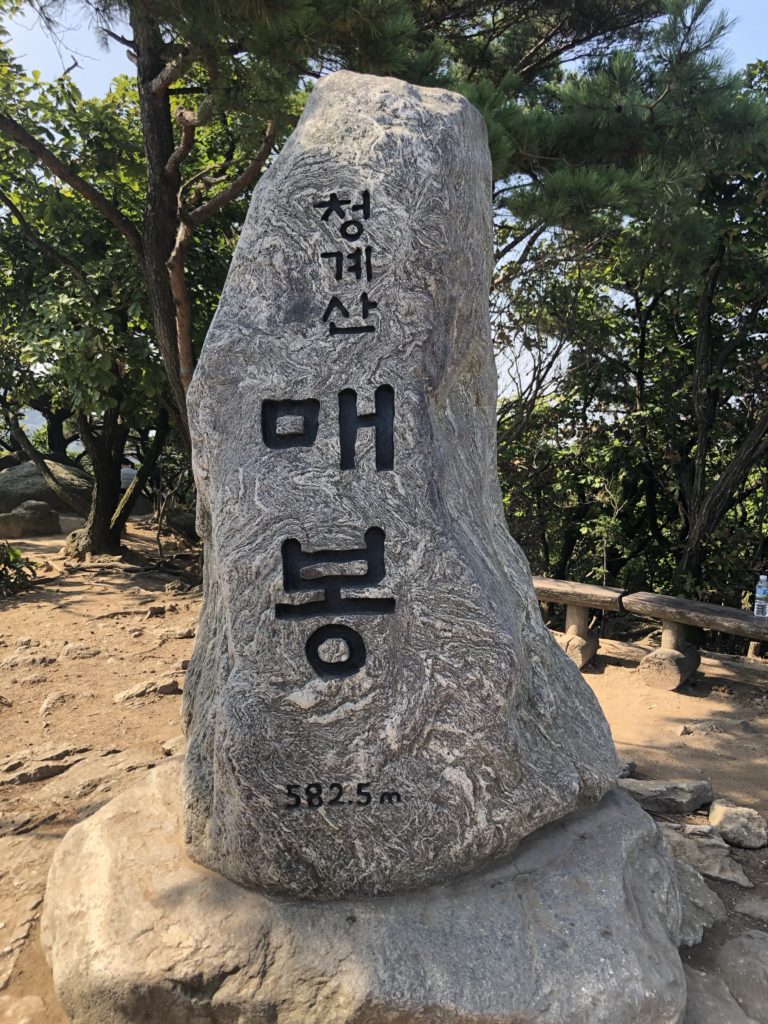
Cheonggye mountain. Can be found in the South-East of Seoul between the popular Gangnam area and the fast-growing Pangyo area. The highest point is 620 metres, however it is inaccessible as there is a military installation at that peak. However the other peaks still give some great views of the area south of Seoul. You can even see across the Gwacheon valley to see the neighboring mountain, Gwanaksan.
Mt. Nak (Naksan)
Only standing at 125 metres, Naksan is accessible most people to walk up, however there are buses that can take you to the peak. Even though it is the shortest mountain in the city, it still gives great view of downtown Seoul. Plus there are some excellent cafes and bars along the road that follows the ridge for you to relax in the morning or evening.
Mt. Gwanak (Gwanaksan)
Another mountain in southern Seoul, it stands at 632 metres, and has plenty of trails snaking up to the peak. Seoul National University is nestled into the foot hills of Gwanak mountain, and is one of the most popular starting points. The most difficult route, starting in Sadang, requires a bit of climbing with ropes to reach the top.
Mt. Surak (Suraksan)
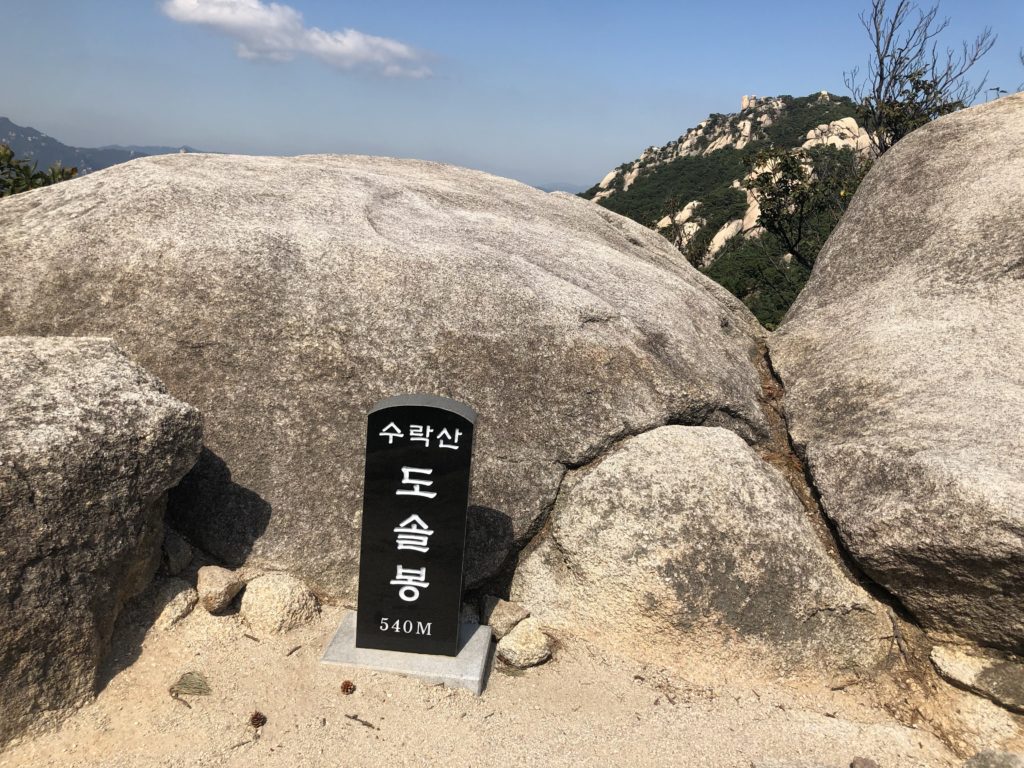
Suraksan can also be found in the eastern area of Seoul and is across valleys from both Buramsan and Dobongsan. At 638 metres it is one of the tallest mountains in Seoul, and has a number of peaks along its ridge. It is not an overly popular mountain but it is riddled with many routes for some variety for returning hikers.
Mt. Inwang (Inwangsan)
Inwangsan forms the western border for the Seoul city centre and served as part of the fortress wall that protected the original city. It is one of the hikes that for the Seoul City Wall. The mountain stands at 338 metres high and gives a great view of the old parts of Seoul in the Jongno area. You can view the Bukchon and Sejong Hanok villages as well as an awesome view of the main palace Gyeongbokgung.
Mt. Dobong (Dobongsan)
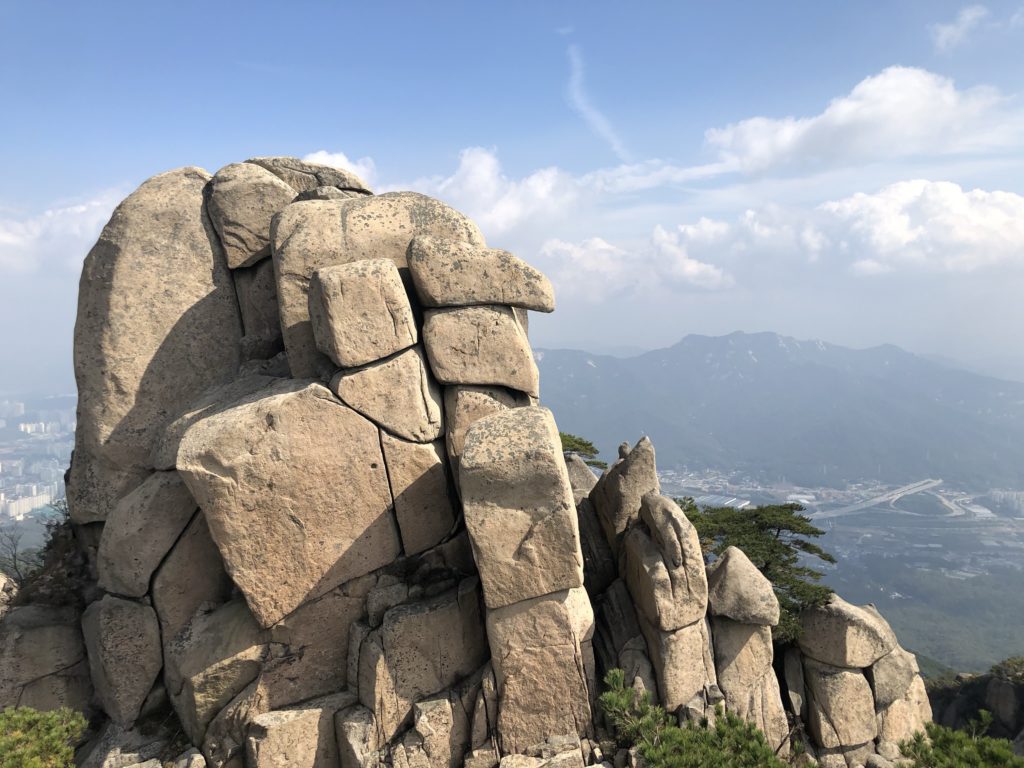
Dobongsan is part of the. Bukhansan national park and is located in the north of Seoul across from Bukhansan and Suraksan. It has the second highest peak in Seoul at 740 metres, and also has many trails all over the mountain. Dobong mountain also has one of the most dangerous ridge crossings, called the Y valley.
Mt. Buram (Buramsan)
Buramsan can be found on the eastern side of Seoul, at the end of the line 4 subway. The mountain is 507 metres tall, giving views of the suburban areas of the South Korean capital. There is a lot of flat rock to climb up with only wire hand rails and pegs in the rocks. This mountain is not for the casual hiker. Additionally to reach the peak, you will need to use a rope to climb the last 10 metres. Not for the faint-hearted when there are sheer drops close by, but the view serves as a worthy reward.
Mt. Bugak (Bugaksan)
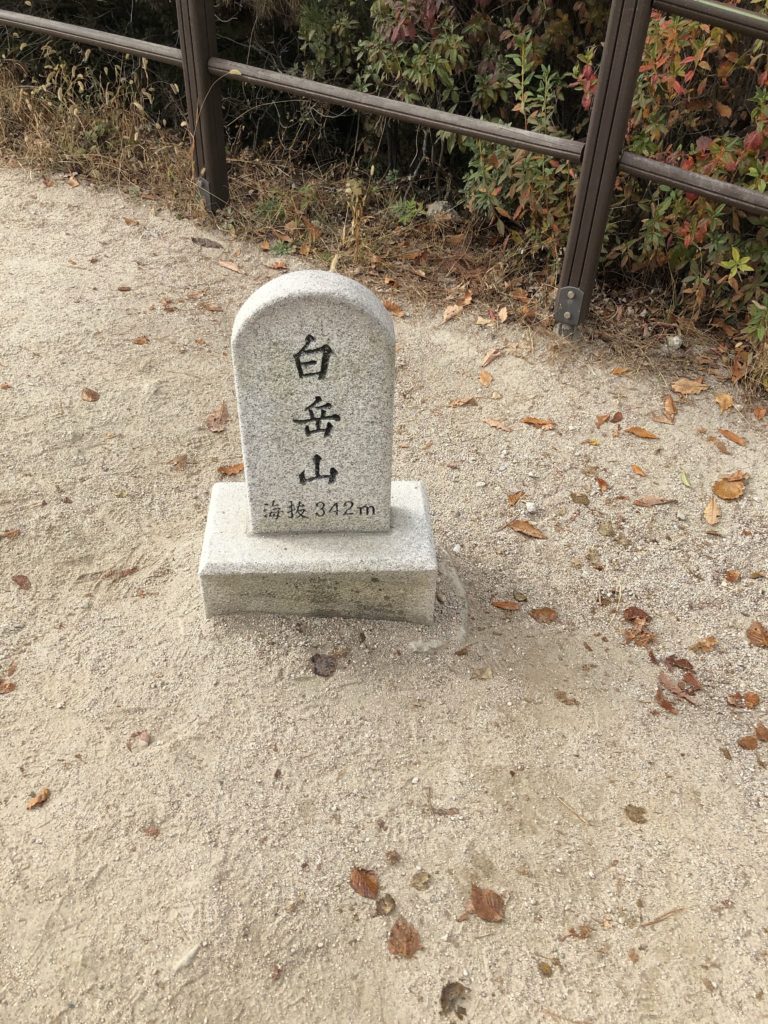
Located in the northern area of Seoul overlooking the Jongno area, Bugaksan sits at 342 metres tall. It has only been reopened for hiking in recent years due to its proximity to the Blue House and an attempted incursion by North Koreans in 1971. You need to pass through checkpoints either side of the mountain and there are plenty of cameras and guards watching hikers. ID used be required to pass through the checkpoints but this restrictions seem to be relaxed now. Photo opportunities are greatly limited due to the presence of the Blue House and military. However you cant see much anyway, it is all pretty forested but its still one of best hikes in Seoul.
Mt. Bukhan (Bukhansan)
Bukhansan is the most popular and tallest mountain hikes in the Seoul area. Hikers flock to the mountain to conquer it every weekend. Catching the subway and bus to reach Bukhan mountain can be a squishy affair. If you like your personal space, perhaps consider a taxi after you get off the subway. The highest peak is 836 metres tall, with some intense scrambling over rock to get to the top. Again another mountain not for the faint-hearted. But the view of Seoul can be magnificent if you get a nice day.
So there you go, 10 mountain hikes for you to undertake around Seoul. There is a large range of heights and difficulties in the mountains meaning you can find one for your skill level and confidence. Have you hiked any of these mountains around Seoul? Which was your favourite? Let us know in the comments below we would love to hear it.
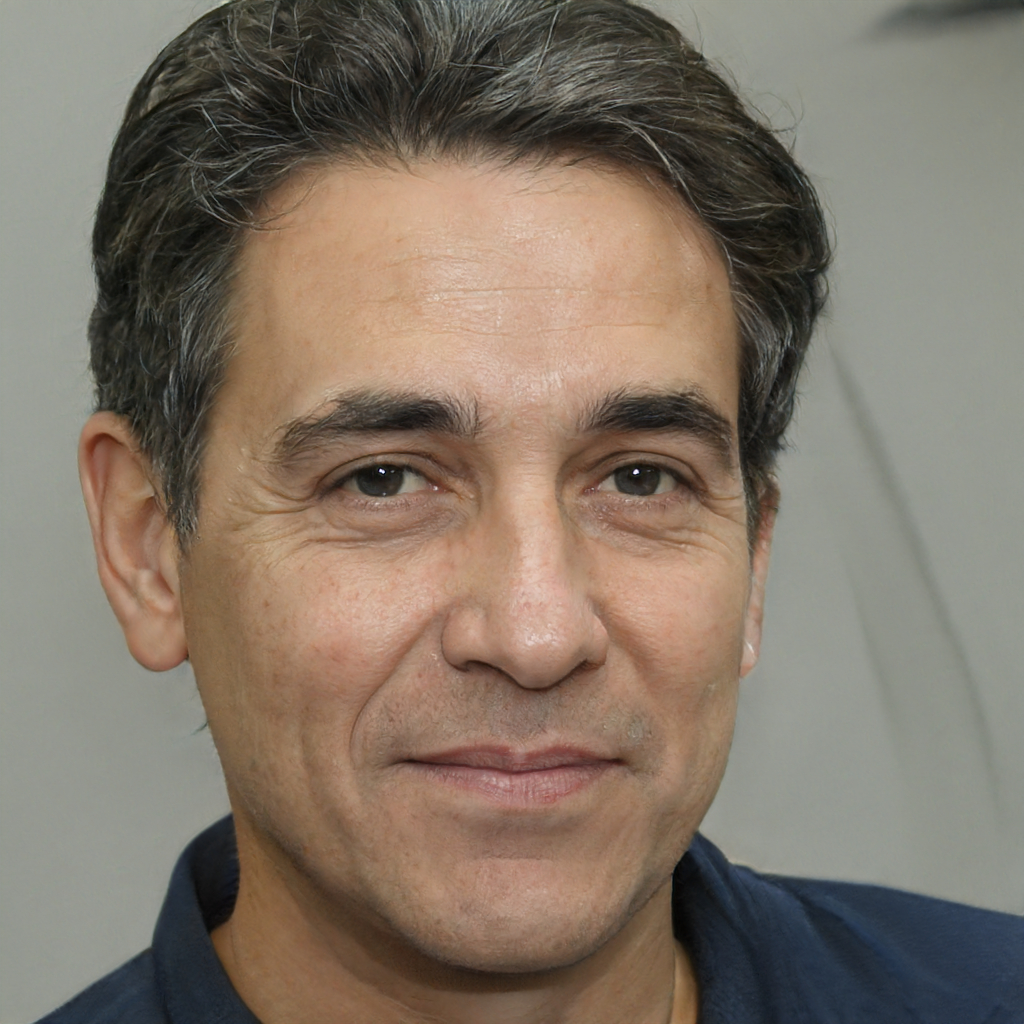
Alche is a passionate writer about many topics and wants to share knowledge in a simple way so all readers can enjoy and learn.
